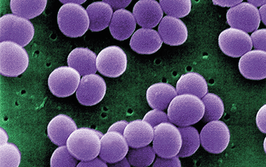Introduction
One of the biggest surprises of the human genome project was that the number of protein coding genes found in our genome was unexpectedly small: a mere 20,000 versus the anticipated 100,000 or more. This presented a real conundrum for the research community – how does our incredible level of phenotypic complexity and diversity arise from such a modest set of genes? Discovering the world of non-coding RNAs revealed the answer, thanks to new transcriptomic technologies such as microarrays and next generation sequencing (NGS) enabling new avenues in RNA research. Today, new classes of RNAs are being discovered on a regular basis that do not code for proteins, but instead have a hand in genetic regulatory control and a wide range of cellular activities. Amazingly diverse and changeable, these transcripts have the potential to produce any number of splice variants, and in the latest catalog compiled by the ENCODE project, [1] we now know that there are approximately 60,000 genes and ~200,000 RNA species. This RNA revolution has created a fundamental shift in how researchers now view “the central dogma”, challenging the traditional idea that DNA is the master and RNA merely the messenger. The revelation of RNA’s vast number and diverse role in gene regulation has brought to light the many possibilities for using RNA as an indicator of biological states: the biomarker.
Log in or register to read this article in full and gain access to The Pathologist’s entire content archive. It’s FREE!





















